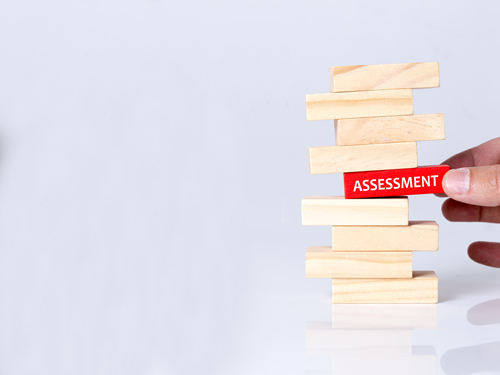More News from eSchool News
6 ways to make math more accessible for multilingual learners
Many math tasks involve reading, writing, speaking, and listening. These language demands can be particularly challenging for students whose primary language is not English.
How CTE supports college and career readiness
As a career and technical education (CTE) instructor, I see firsthand how career-focused education provides students with the tools to transition smoothly from high school to college and careers.
Understanding why students cheat and use AI: Insights for meaningful assessments
In recent years, the rise of AI technologies and the increasing pressures placed on students have made academic dishonesty a growing concern. Students, especially in the middle and high school years, have more opportunities than ever to cheat using AI tools.
6 ways tech simplifies school communication and engagement
As technology trainers, we support teachers’ and administrators’ technology platform needs, training, and support in our district. We do in-class demos and share as much as we can with them, and we also send out a weekly newsletter.
With AI coaching, a math platform helps students tackle tough concepts
Math is a fundamental part of K-12 education, but students often face significant challenges in mastering increasingly challenging math concepts.
Opportunities in failing: Why K-12 education needs more productive struggle
Throughout my education, I have always been frustrated by busy work–the kind of homework that felt like an obligatory exercise rather than a meaningful learning experience.
How will schools replace devices bought during the pandemic?
During the pandemic, thousands of school systems used emergency relief aid to buy laptops, Chromebooks, and other digital devices for students to use in remote learning.
How multimedia and interactive tech transform engagement
Education today looks dramatically different from classrooms of just a decade ago. Interactive technologies and multimedia tools now replace traditional textbooks and lectures, creating more dynamic and engaging learning environments.
Using technology to support learning through movement
There is significant evidence of the connection between physical movement and learning. Some colleges and universities encourage using standing or treadmill desks while studying, as well as taking breaks to exercise.
Halting education research in the name of ‘government efficiency’ is incredibly inefficient
This story was originally published by Chalkbeat. Sign up for their newsletters at ckbe.at/newsletters. In recent weeks, we’ve seen federal and state governments issue stop-work orders, withdraw contracts, and terminate…











